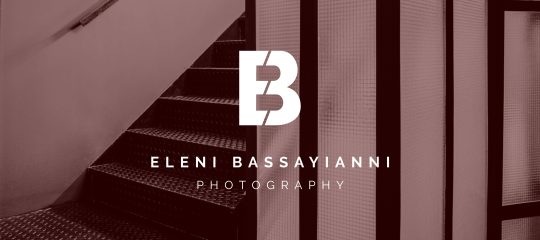Agia Ekaterini church
Agia Ekaterini church is a Byzantine church in Ano Poli.
Location
Timeline
Modern and Contemporary era (1912 - )
1947 Restoration works began. They were completed in 1951.
1978 Fixing works due to earthquake.
Ottoman era (1453- 1912)
1510 Possible year of conversion to a mosque.
Byzantine era (331 AC- 1453)
It was built in the late 13th to early 14th century, probably around 1310. The frescoes are from the same period.




Share